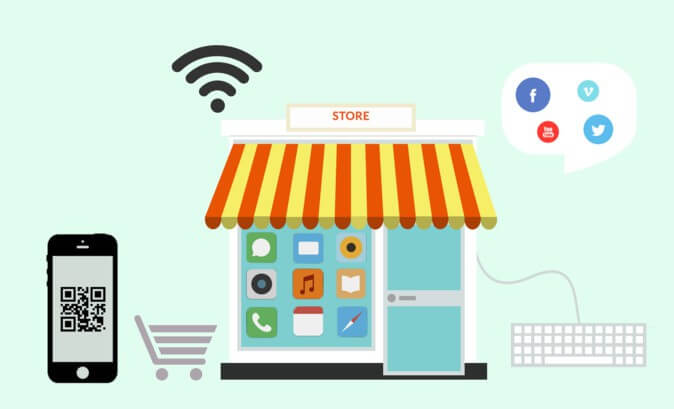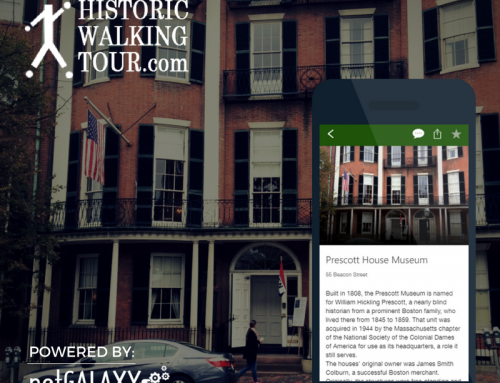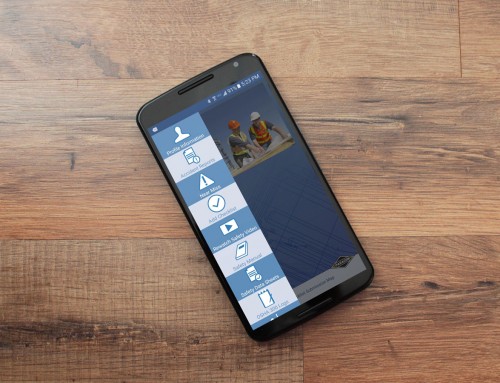Our buying style has completely changed over the course of the past several decades—this is a known fact. The buying process our grandparents, or even parents, experienced is no longer relevant.
The rules have changed and so have our needs. We have become more connected and therefore more demanding—even fussy—and are always looking for the most convenient, comfortable option. The boom in e-commerce is a result of this evolution, but the commerce industry is determined to keep up with consumer needs, which is seen through offers such as pick-up services.
What we are seeing is the emergence of two types of customers: the traditionalists, being those who enjoy the physical and social aspects of a hands-on shopping experience and who don’t mind spending time in a store, and the connected individuals, who put comfort, choice, and instant gratification above all.
So, what really are the differences between these two consumer behaviors? Are they doomed to eternal competition, or is it possible to reach an accord?
Physical Stores vs. E-commerce
It’s clear that both of these buying methods present advantages and disadvantages, which determine the consumer’s ultimate preference.
Traditional stores allow us to see, touch, and test products. While some consumers really could not care less about this physical experience, others view it as a vital part of the buying process, and are well aware that it is non-existent in e-commerce.
Another fundamental characteristic of physical stores is the social aspect. It may sound contradictory, but despite the rise in the digital world, consumers are demanding more and more human contact and social relationships than ever. Even myself, I tend to prefer grocery shopping at my neighborhood grocery store run by a friendly local rather than placing and picking up an order at a generic, non welcoming chain unit. Although the products are pretty much the same at both of these locations, sometimes this comforting, social aspect is enough to make me forget about the inconveniences of physical stores, and the advantages of e-commerce (practicality, time savings, etc).
On the other hand, I must admit that e-commerce definitely offers some considerable benefits that traditional stores do not. The price, the thorough documentation, the wide range of selection, and the instantly available customer reviews are all appealing aspects that we, as consumers, are not able to find in physical stores. I confess—I have been known to spend hours online shopping, browsing through hundreds and hundreds of products, searching for the best price.
Admit it, even if you make a point to shop in “real” shops, you take a peek here and there online to compare prices, read consumer reviews, learn about the product—in short, you enjoy some of the advantages that come with online shopping.
And for those of you out there who are “pro-digital”, who go to the store to test the product and get advice from the nice sales reps, only to come home and look for the product online at a lower price, we know exactly what you’re up to—no point in hiding!
Don’t worry, we aren’t here to judge you, in the end we’re all the same. We want to have our cake and eat it too; enjoy the advantages of the internet and physical commerce at the same time!
The times of scrutinizing over who will win the e-commerce vs. physical store battle are over. Instead, today marks the beginning of focusing on finding a solution that creates kind of a partnership between the two.
1) The M-Payment
The huge retail chain, Walmart, has set up a digital system to integrate the smartphone as a fully functioning payment method in its stores. Customers simply scan their items in a mobile application, input their purchase total into a digital terminal, and finalize their payment.
Mobile payments are becoming more and more accessible and are a major part of the digitalization of physical commerce, thus improving customer experience.
2) Geolocalization
Geolocation technology could really be the key to revolutionizing physical commerce, on many levels. Apple, for example, has developed iBeacon technology to create a whole new experience for customers. This system identifies the customer’s location and tracks their movements within the store, sending push notifications upon entering to welcome and explain the promotions, as well as information regarding specific products in close proximity, etc.
In France, Carrefour (a supermarket chain) has developed a system that geographically guides the customer through the store based on a shopping list that they have entered in their smartphone. As it is associated with mobile payments, the system can also be used to process a payment directly on the smartphone as they are approaching the exit. The great thing about this system is that it’s up to the store to adapt to the customer’s behavior, not the contrary.
3) Social Network Integration
The concept of sharing is a fundamental principle of this new method of consuming. We are constantly looking for an opportunity to request an opinion, advice, or just to share our findings with members of our community, and as many brands have decided to implement solutions directly from their stores, this is now possible.
Meanwhile, the brand Pull&Bear has undertaken a very real digitization process by creating an interactive Pull&Bear store in La Corogna, Spain. Among other features, there is a large screen that allows clients to take and post photos of outfits they are trying on to obtain the opinions of their friends, while serving as brand ambassadors at the same time, which is advantageous to both parties.
4) The Cross-Channel
The cross-channel is one of the main challenges of online stores. It involves simultaneously offering customers several distribution channels and information, in order for them to enjoy the benefits of both. Physical stores are transformed into points of digital sales, offering features previously reserved for e-commerce (like product customization, complete catalogue viewing, the ability to order and pay for products online from the store, etc.). In this case, digital and physical aspects are bound to make the most of both of their advantages, offering a unique and interactive experience to the consumer.
Several retailers have already tested out this concept, such as Mark & Spencer, Foot Locker, and Adidas.
As you can see, there is no longer such a big barrier, and brands are beginning to understand that the solution lies in reflecting on a strategy to create a synergy between digital and traditional shopping. Obviously, the goal is to provide a more innovative and interactive customer experience than ever, and clearly there are many possibilities for doing this: digital loyalty cards, information and content supply, social sharing, geolocation..there is something for everyone, and the possibilities are continuing to grow.





![Quintin’s Close-Ups: There’s an app for that [Source: Charleston City Paper]](https://netgalaxystudios.com/wp-content/uploads/2017/06/quintin-closeup-app-500x383.jpg)

